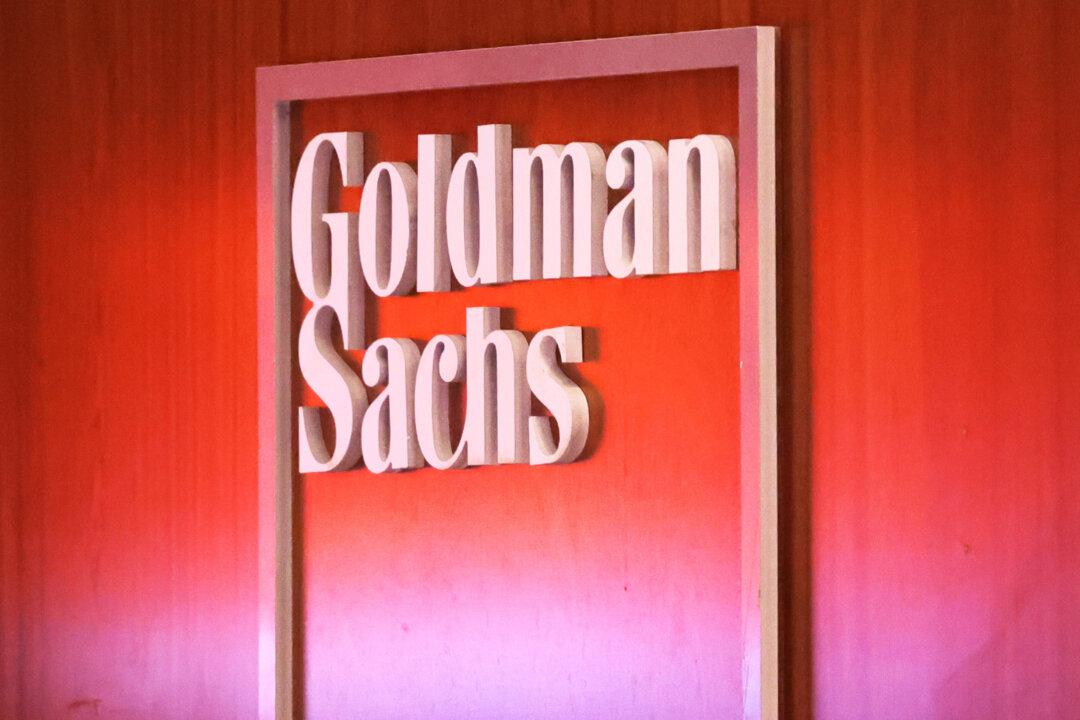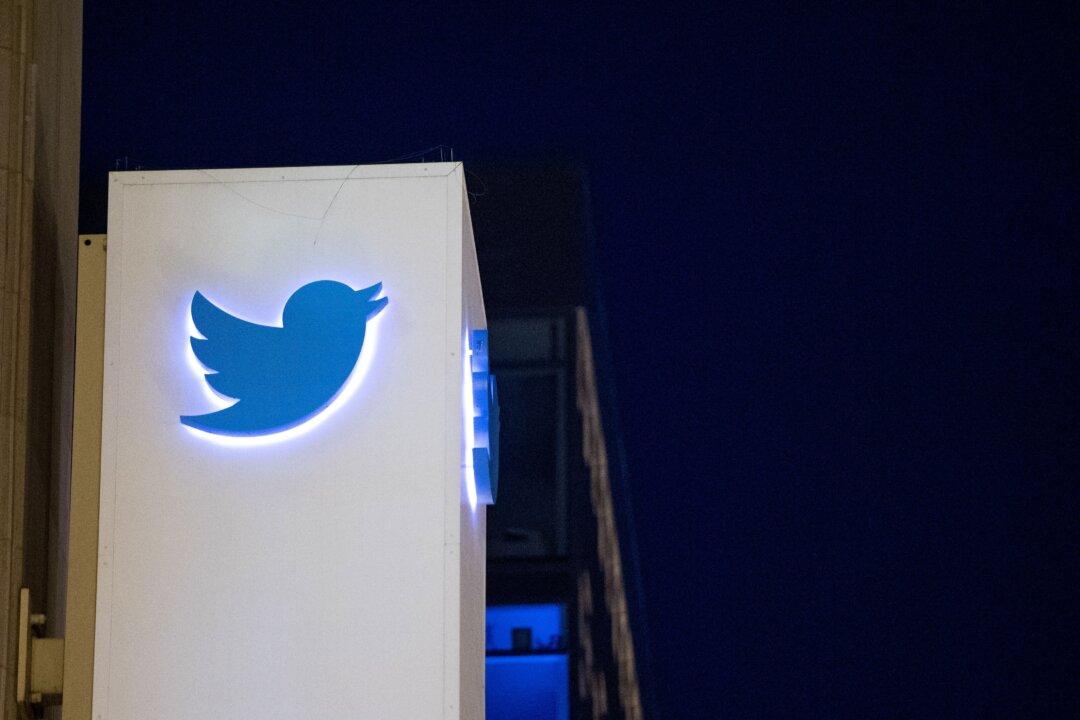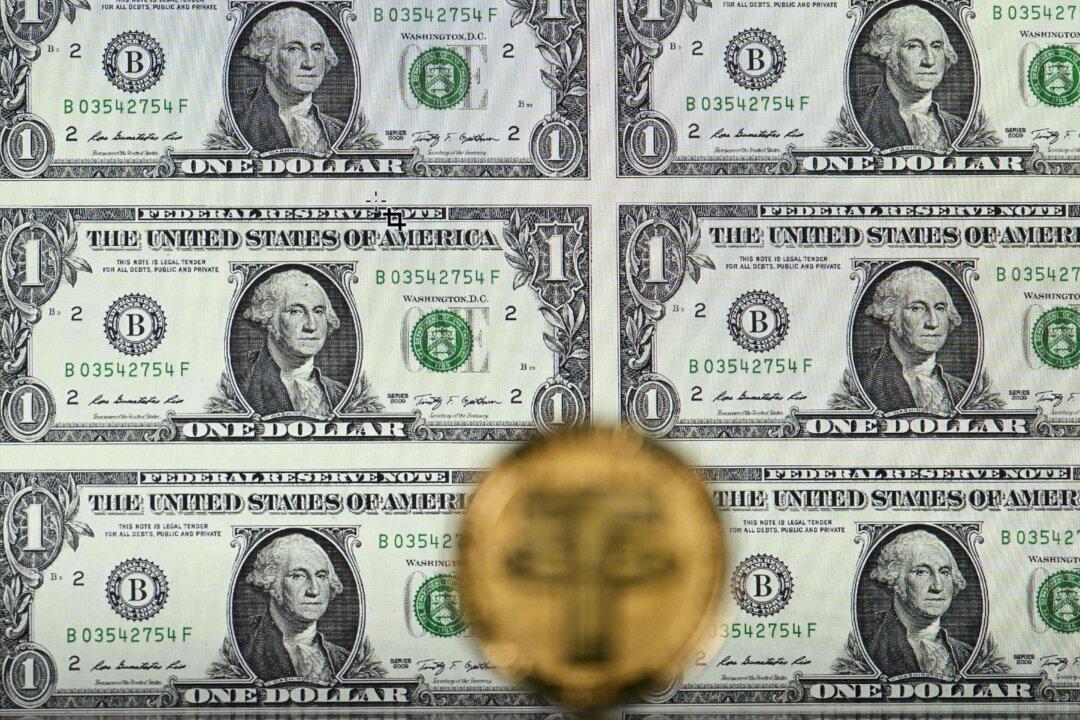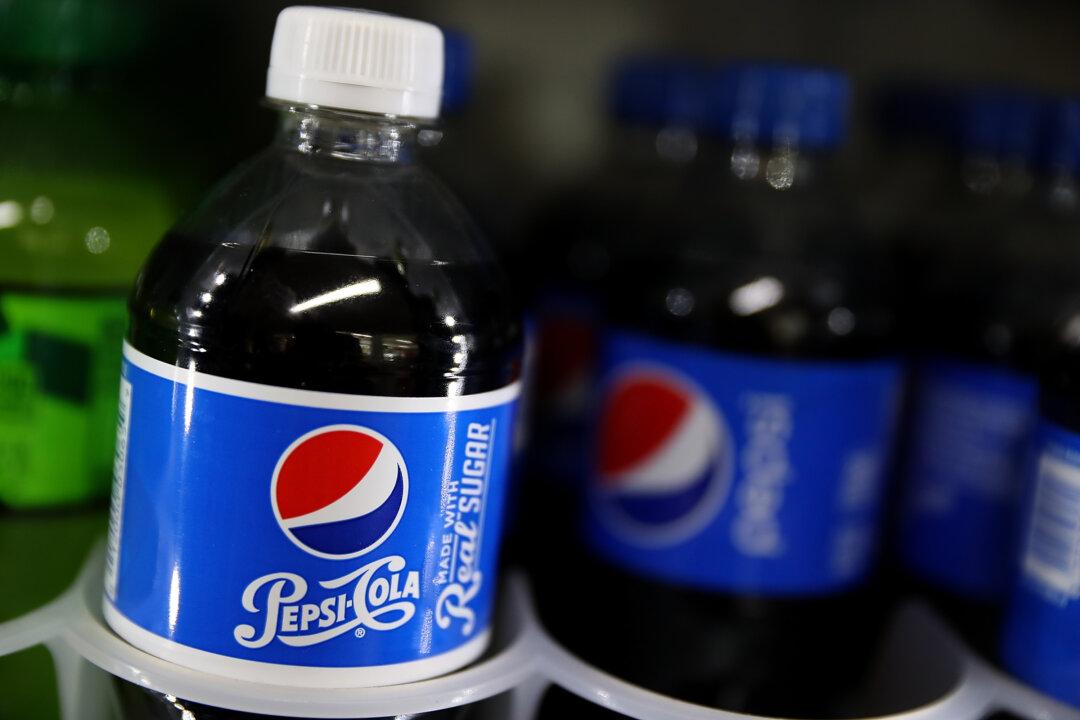Big credit card issuers have released data for delinquency and charge-offs for the month of August, lending a glimpse into the latest spending habits of Americans.
With prices soaring due to high levels of inflation—at 8.3 percent for August—some consumers have turned to credit cards in an effort to complement their increasingly limited budgets, while many are struggling to make payments.





